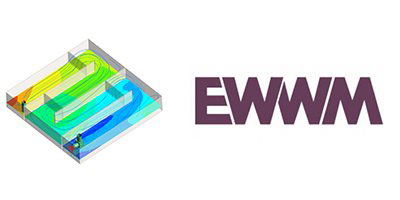Wastewater comprises domestic sewage and can contain industrial effluent, in addition to occasional run-off from surface water and ground water, which has infiltrated into the sewers. The wastewater is ultimately discharged to a receiving water course such as a river. Current legislation means that consent limits on pollutants are placed on water companies by the regulator. If the consents are not met, the water companies are subject to fines.
In order to meet these consents at Waste Water Treatment Works (WWTW), one method being pursued by water companies is the installation of mixing and flocculation tanks. There is no standard equipment for optimum dosing, mixing and flocculation. The use of Computational Fluid Dynamics allows multiphase systems to be assessed and the effect of design changes to be studied in order to optimise water treatment.
Under an Innovate UK project, MMI Engineering has been collaborating with Leeds University and Sellafield Ltd on a project to improve the design of sludge separation and collection systems. MMI’s contribution to the project was the development of a framework within an open source Computational Fluid Dynamics solver that includes a population balance model, incorporating flocculation and breakup of particulates.
MMI’s Darrell Egarr and Lucy Horton prepared a paper that discusses the framework in more detail, which was presented at this week’s European Waste Water Management Conference. For more information on the flocculation solver, please contact Darrell (degarr@mmiengineering.com).
